Netherlands Travel - Noord Holland (North Holland) Province
The province of Noord-Holland (North Holland), which stretches north from Amsterdam to the island of Texel, is primarily rural. Hundreds of drainage canals and ditches crisscross the polder landscapes of green, pancake-flat fields, and the occasional windmill or farmhouse breaks up the expansive horizons. A long belt of sand dunes protects the province's west coast from the ocean, and the large, wide sandy beaches that surround it are what draw vacationing Netherlanders. After two complementary dikes were built, a large portion of the east coast that was previously the salty Zuiderzee is now the freshwater Markermeer and IJsselmeer lakes. A series of historic seaports that thrived from the fourteenth to the eighteenth centuries owing to the maritime trade with the Baltic can be found here along this deeply indented coast.
Although Haarlem is the capital of North Holland, Amsterdam is perhaps the largest and most well-known city in the region. Over half of the province's land is below sea level, making it a wide peninsula. With four distinct municipalities, North Holland is home to about 100,000 people. Old communities and villages with traditional lifestyles and ancient buildings can be found just north of Amsterdam. There are a lot of sights and attractions in big cities like Haarlem, Hoorn, and Alkmaar. As the city is recognized for its cuisine, Alkmaar is a must-visit for foodies.
So through this series of articles, I intend to share our stories and experiences of traveling across the Noord-Holland (North Holland) province of the Netherlands with our fellow photography and travel enthusiasts. I hope they help you plan your travels across this beautiful province!
Kali Puja, also known as Shyama Puja, is a major annual Hindu festival that is celebrated in the Indian states of West Bengal, Bihar, Jharkhand, Assam, Odisha, Tripura, and the neighboring nations of Bangladesh and Nepal on the new moon night (Dipannita Amavasya) of the month of Kartik on the Indian calendar (which falls between October and November on the Gregorian calendar) to commemorate the victory of Hindu Goddess Kali (the fiercest form of Goddess Durga who is regarded as ‘Adi Shakti,’ the primordial cosmic energy) against the demons Chand, Munda, and Raktabija as a part of a greater war between Goddess Ambika (Durga) and the demons Shumbha and Nishumbha.
Many nations have windmills, but the Netherlands has so many of them and they are such a significant part of the nation's industrial and cultural legacy that many people throughout the world associate windmills with the country. From the Middle Ages onward, windmills have been a defining feature of the Dutch countryside. In the heyday of the windmills during the 19th century, there were roughly 9,000 windmills in the country. Even though the Industrial Revolution replaced windmills with steam, diesel, and later electricity, over 1,000 antique windmills, many of which are still operational, still stand throughout the Netherlands thanks to historic preservation initiatives. Today, along with cheese, tulips, and clogs, they are among the most well-known images of Holland. For this reason, visiting a windmill has to be at the top of your travel itinerary when visiting the Netherlands.
A vast ocean of endless tulip fields, medieval windmills, charming canals, modern bicycle lanes, and postcard-perfect countryside - these are the images that appear in our minds when we think of the Netherlands. However, we tend to forget that the Netherlands also has its fair share of castles and palaces thanks to the royal families and nobilities who shaped the rich history of the country over the ages. Many of these were built during the medieval times either as defensive structures or luxury residences. Over the years, the purpose of these castles and palaces has changed, and today, they’ve turned into government offices, museums, and tourist attractions, where visitors come to admire the architecture, art collections, and gardens.
Muiderslot (or Muiden Castle) is the Netherlands's oldest and best-preserved medieval castle. One of the most well-known castles in the Netherlands, it has appeared in numerous Middle Ages-themed television programs. Situated at the mouth of the Vecht River in Muiden, where it flows into the IJsselmeer Lake that used to be the Zuiderzee, the castle has a lengthy and stormy history. It was completed in 1285 by Count Floris V. The eminent author, poet, and historian PC Hooft resided there in the 17th century. It’s a fantastic place to spend a day with your family exploring the castle and the surrounding grounds that host a restored plum orchard, vegetable, and herb garden!
King's Day is probably one of the most popular and flamboyant celebrations in the Netherlands. Every year on April 27 (or the day before if it falls on a Sunday), the Dutch celebrate their King Willem-Alexander's birthday as a national holiday with a lot of music, dancing, flea markets, and fun fairs all over the country. If you happen to be in the Netherlands, you can’t miss this event!
Being the largest exporter of flowers globally and accounting for two-thirds of the world's total floral sales, the Netherlands is aptly dubbed as the ‘Land of Flowers.’ Therefore, it goes without saying, that spring is the most beautiful time in the Netherlands. When the bulbs start blooming in the endless array of flower fields, the entire country transforms into a vast ocean of flowers. It starts in mid-March with cherry blossoms, crocuses, daffodils, and hyacinths. And as the famous tulips blossom in mid-April, the whole country gets ready for the biggest spring festival named ‘Bloemencorso (Flower Parade) Bollenstreek (Bulb Region)!’
The lush countryside immediately north of Amsterdam is known as Waterland. Waterland is both land and water, as its name implies. With thousands of little canals, brooks, rivers, and lakes, this landscape is almost entirely covered by water. It's known as "Amsterdam's wet back garden." This rural area boasts a scenery that is genuinely representative of the Dutch landscape: it is flat, abundant with historic "polders" (reclaimed land tracts), lush green pastures, twisting dikes, and functional windmills. In a nutshell, Waterland is the Netherlands, and it's only a short distance from the hectic metropolis. Nevertheless, this area is absolutely distinct from Amsterdam. It is a place where "the clock ticks more slowly," as we like to say in the Netherlands!
While it's well known that Amsterdam, the lively capital city filled with canals and coffee shops, is frequently the first (and, let's face it, sometimes the only) stop for tourists in the Netherlands, there are a plethora of other, less-visited locations throughout the nation that are equally as worthwhile. Travelers will be surprised by how diversified the Netherlands' landscapes are for such a small nation.
Summers in the Netherlands can be a genuine celebration with the sun, sea, beach, festivals, music, overnight stays, lovely pavement cafés, delectable food, and fine wine! The longest day of the year, or the Summer Solstice, which occurs on June 21, marks the beginning of summer, according to the astronomical calendar. June, July, and August are regarded as the summer months by meteorologists. As a result of its maritime climate, which is influenced by the North Sea and the Atlantic Ocean, the Netherlands experiences a variety of weather conditions throughout the summer, including a few hot days with temperatures considerably over the 25-degree threshold.
Durga Puja, also known by the names Durgotsava or Sharodotsava, is a major annual ten-day Hindu festival that is celebrated in the Indian states of West Bengal, Bihar, Assam, Odisha, Tripura, and the nation of Bangladesh during the month of Ashwin on the Indian calendar (which falls between September and October on the Gregorian calendar), to commemorate the victory of the Hindu Goddess Durga (who is regarded as ‘Adi Shakti,’ the primordial cosmic energy) against the shape-shifting demon Mahishasura after a ten-day war.
Since before the advent of Christ, the Dutch have been associated with cheese. Researchers have uncovered pieces of cheese-making machinery that date back to 200 BC. Due to the Netherlands' lush environment, which was ideal for cattle rearing, cheese-making had become an integral part of Dutch culture by the Middle Ages. Markets for cheese grew briskly, and communities with weighing privileges were able to construct ‘Weigh Houses’ and enjoyed unique status.
The Dutch Dunes are ever-changing landscapes as a result of the water and the wind's ongoing effect, extending for hundreds of miles and comprising lakes, woods, and hills that contribute significantly to the Dutch environment. The dunes are home to a diverse array of wild flora and fauna. The dunes provide an essential barrier against the occasionally untamed and rising North Sea because nearly a third of the nation is below sea level. In addition to storm surge protection, these exceptional habitats can deliver a number of amazing experiences right from swimming in the natural freshwater lakes, to a peaceful trek appreciating wildflowers and unusual fauna to biking across rolling hills and conquering windswept vantage points that give breathtaking views in a flat country like the Netherlands.
Being a maritime country with a 450 km coastline, the Netherlands is famous for its beautiful beaches. Since the Netherlands has a lesser number of sunny days in the year, with the arrival of the summer, beachgoers, wildlife lovers, and watersports enthusiasts visit the splendid Dutch coastal towns to enjoy some fresh air on the beach, have a drink at a beach club, take a stroll down the promenade or through the dunes, watch the seagulls steal french fries from a scared couple, or ride the giant waves on a windy day!
The Zaanse Schans is a small Dutch village on the Zaan river 20 km north of Amsterdam, in the neighborhood of Zaandam. It has an open-air museum feel that offers a peek into the Dutch life of the golden ages with its traditional wood houses, vibrant windmills, and workshops. The Zaanse Schans draws in almost a million visitors each year, and it's one of the Netherlands' best-loved destinations. Together with the neighboring city of Zaandam, famous for its wooden Zaan-style houses, it is a must-visit destination when you’re in the Netherlands.
Spring is undoubtedly the most fascinating season in the Netherlands and therefore, the best time for tourists to visit this beautiful country. After dull, grey, and cold winter months, as the sun starts peeping through the clouds, the sky turns blue and the days get longer and warmer, you know spring is in the air. And during these spring months of mid-March to mid-May, being the largest exporter of flowers globally, the whole country transforms into a vast ocean of flowers. It starts with cherry blossoms, crocuses, daffodils, and hyacinths between mid-March and mid-April, followed by the famous tulips between mid-April and mid-May. This makes it a great time to explore the Dutch countryside.
‘The Diary of a Young Girl,’ popularly known as ‘The Diary of Anne Frank,’ is one of the most well-known books of the twentieth century, that has inspired countless plays and films. Written between 1942 and 1944, it paints a vivid picture of a maturing young woman rising to the challenge when thrust into an incredible situation, and exposes the plight of individuals who suffered at the hands of the Nazis during their occupation of the Netherlands.
During the World War II endgame period of 1944 - 45, significant battles erupted in the Netherlands as the Allies pushed through from the country's south and finally succeeded in liberating the Netherlands from German control. Thousands of troops from the Netherlands and from other countries were martyred. The Netherlands has around 3,900 World War II memorials and cemeteries, the biggest absolute number, and density in Europe. Today I’m going to talk about the 3 most historic World War II memorials in the Netherlands.
The annual Amsterdam Light Festival (ALF) fills the Dutch capital's canals with magnificent works of light art every winter. Designers, architects, and artists from all around the world submit hundreds of concepts each year, out of which 20 to 30 artworks are chosen for display in the festival by a selection committee.
While the whole world is already busy shopping in Advent Markets from mid-November, the Dutch have yet to set up a Christmas Tree! Strange but true, the country starts brimming with Christmas joy only from the second week of December when the town squares convert into grand markets selling food, trinkets, glühwein, oliebollen, and all kinds of gifts that bring smiles to the faces of your friends, family, and folks you care about.
I've always been intrigued by the fascinating season of autumn. To me, autumn is a grand manifestation of the ultimate reality on earth that one day everything has to perish just to be reborn again. And as the tree leaves turn into vibrant shades of orange, yellow, and red, one last time before they return to Mother Nature, the mushrooms start emerging, chestnuts lay all around, and soft rays of the sun kiss your face as you take a leisurely walk on the rustling dry leaves, autumn shows us that the end can also be beautiful. And during this beautiful season in the Netherlands, what are the things you can see and do? That's precisely what I'm going to tell you today. So let's begin!
Did you know there is a ‘Kremlin’ in the Netherlands? If not, then you ought to visit this place. It’s located in Winkel, a small village in the Dutch province of North Holland, built single-handedly by one man who kept faith in his dreams for 40 long years. So, with no further delay, let me take you along with me to this fantasy world named ‘The Dutch Kremlin!’
When you think of the Netherlands, the first thing that comes to your mind is an endless ocean of vibrant flower fields. Soon after the first tulip was planted on the Dutch soil in the mid-sixteenth century, the country saw a tremendous floral revolution and the founding of a horticultural industry that later converted their lowland country into the global hub of flower trade.
Literally meaning 'Flower Viewing,' the Hanami Festival is a Japanese tradition of celebrating the advent of spring. Flowers and nature, in general, have a symbolic meaning in Japan. To the Japanese, the cherry blossom represents a new beginning and hence the festival of Hanami Matsuri, most often referring to Sakura Matsuri ('Cherry Blossom Viewing') is a means of appreciating the transience of life.
The Netherlands is not known as a popular winter destination, as characteristically, the country receives a few days of snow every year. With climate change, the number of days is reducing with each passing year, and the day’s not far when we will narrate our grandchildren about the merry times we spent with our friends, ice-skating over the frozen lakes and canals.
Being Dutch citizens ourselves living in the Netherlands for many years, and having traveled to 100+ cities, towns, and villages across all 12 provinces of the country, we’ve discovered many hidden treasures that are not featured in any travel brochures or websites, and many of our Dutch friends aren’t even aware of them, making them perfect for crowd-weary travelers.
Being Dutch citizens ourselves living in the Netherlands for many years, and having traveled to 100+ cities, towns, and villages across all 12 provinces of the country, discovering many hidden treasures on the way that are not featured in any travel brochures or websites, I can safely proclaim that we’ve seen this country more than many of the locals.

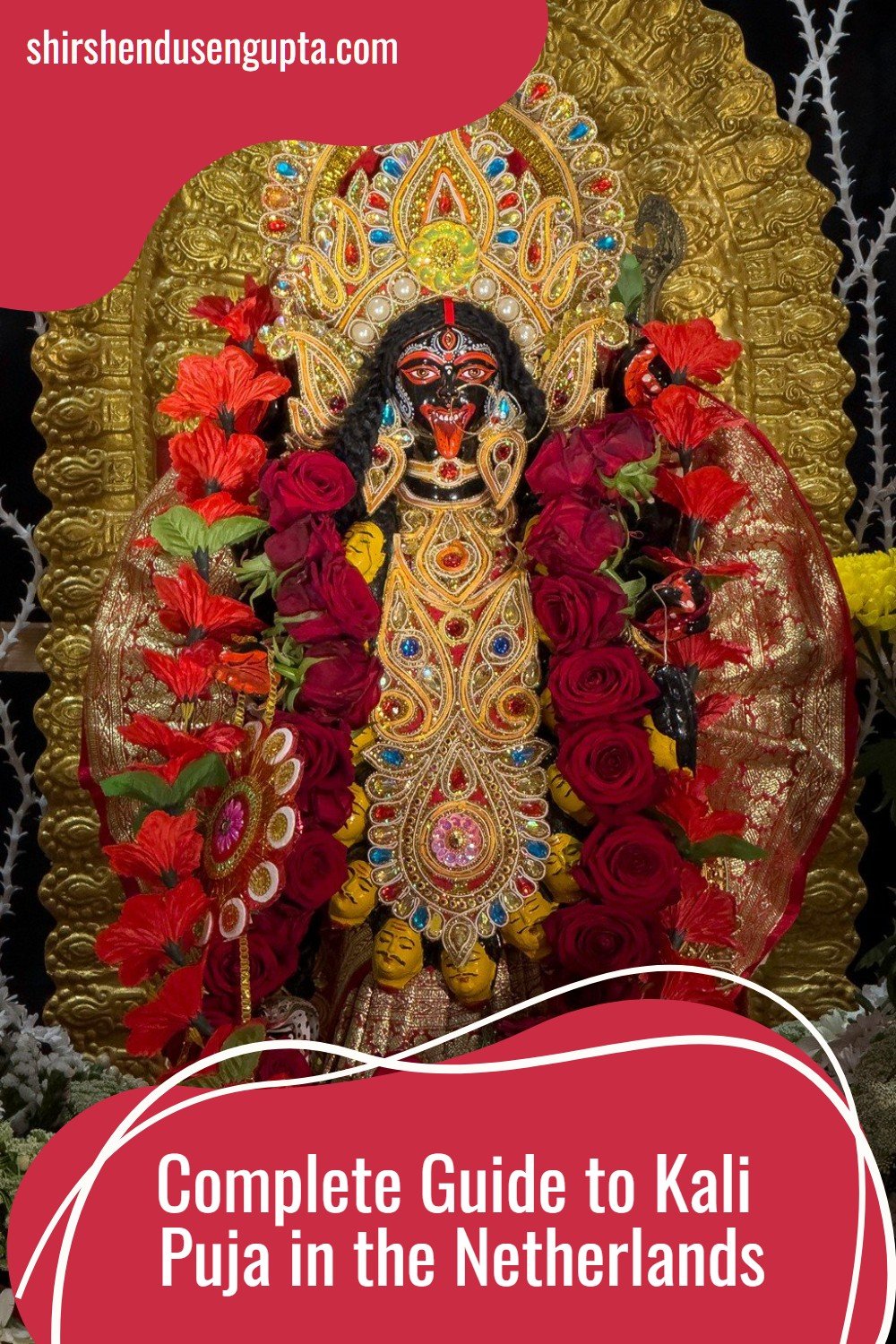
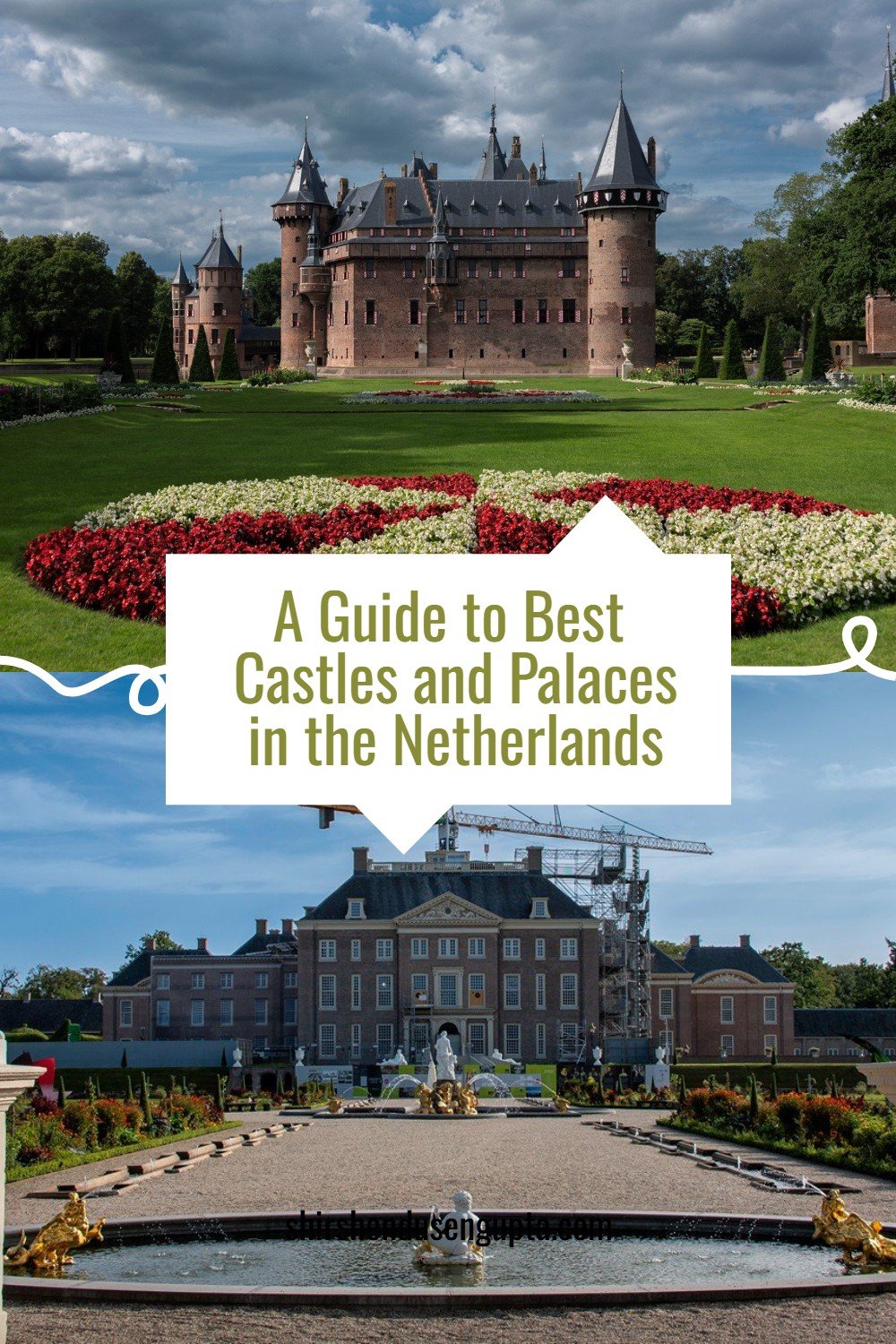
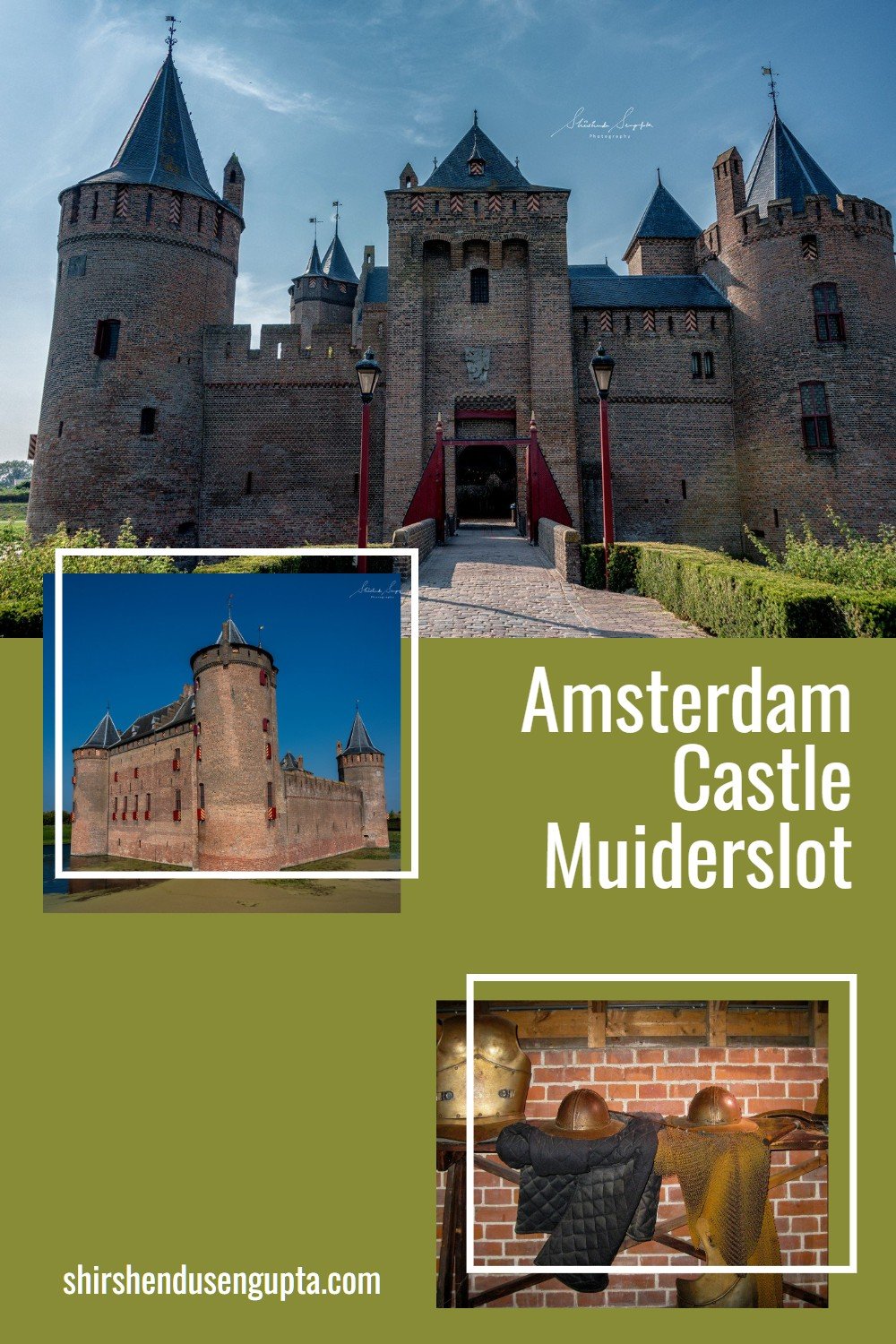
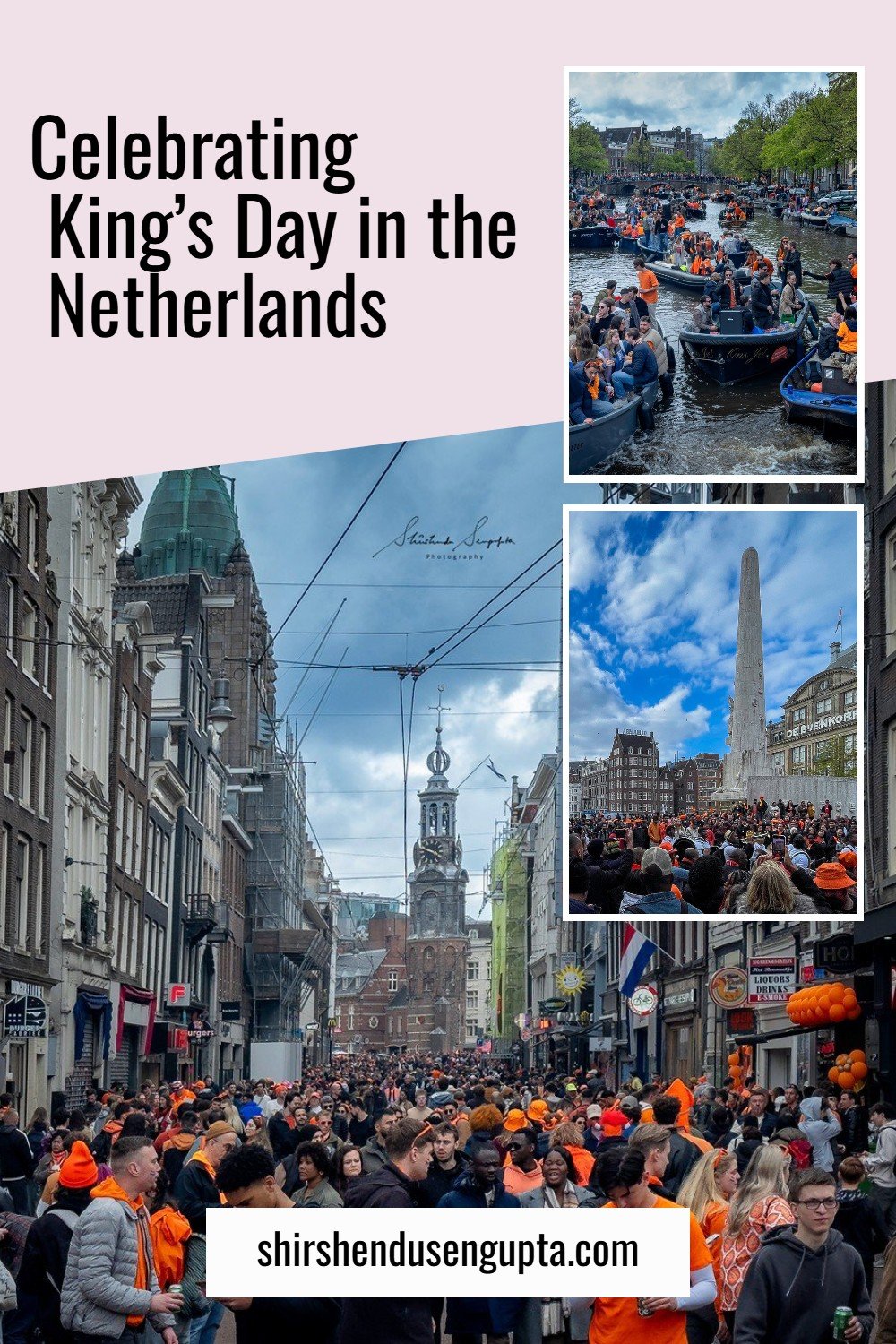
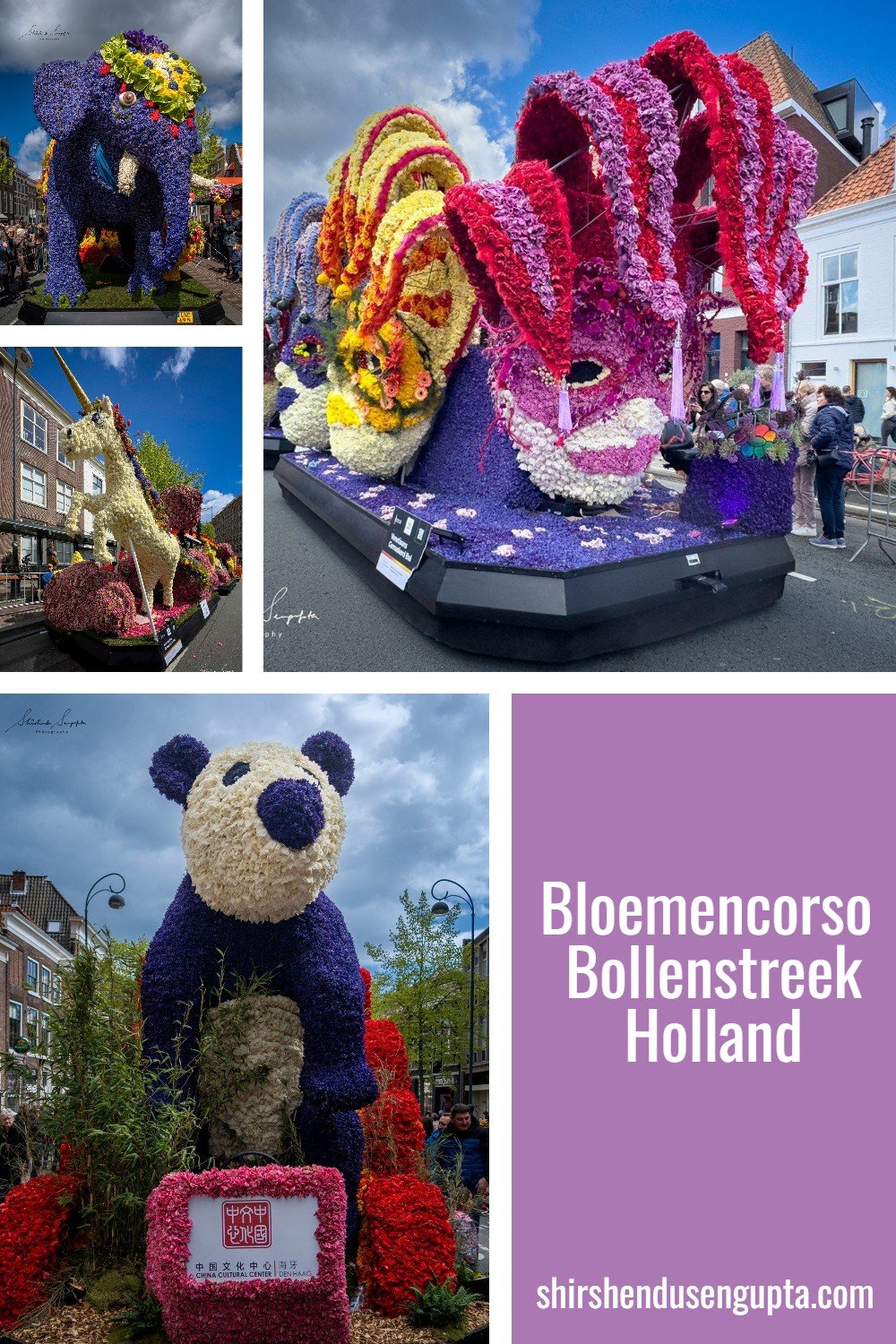

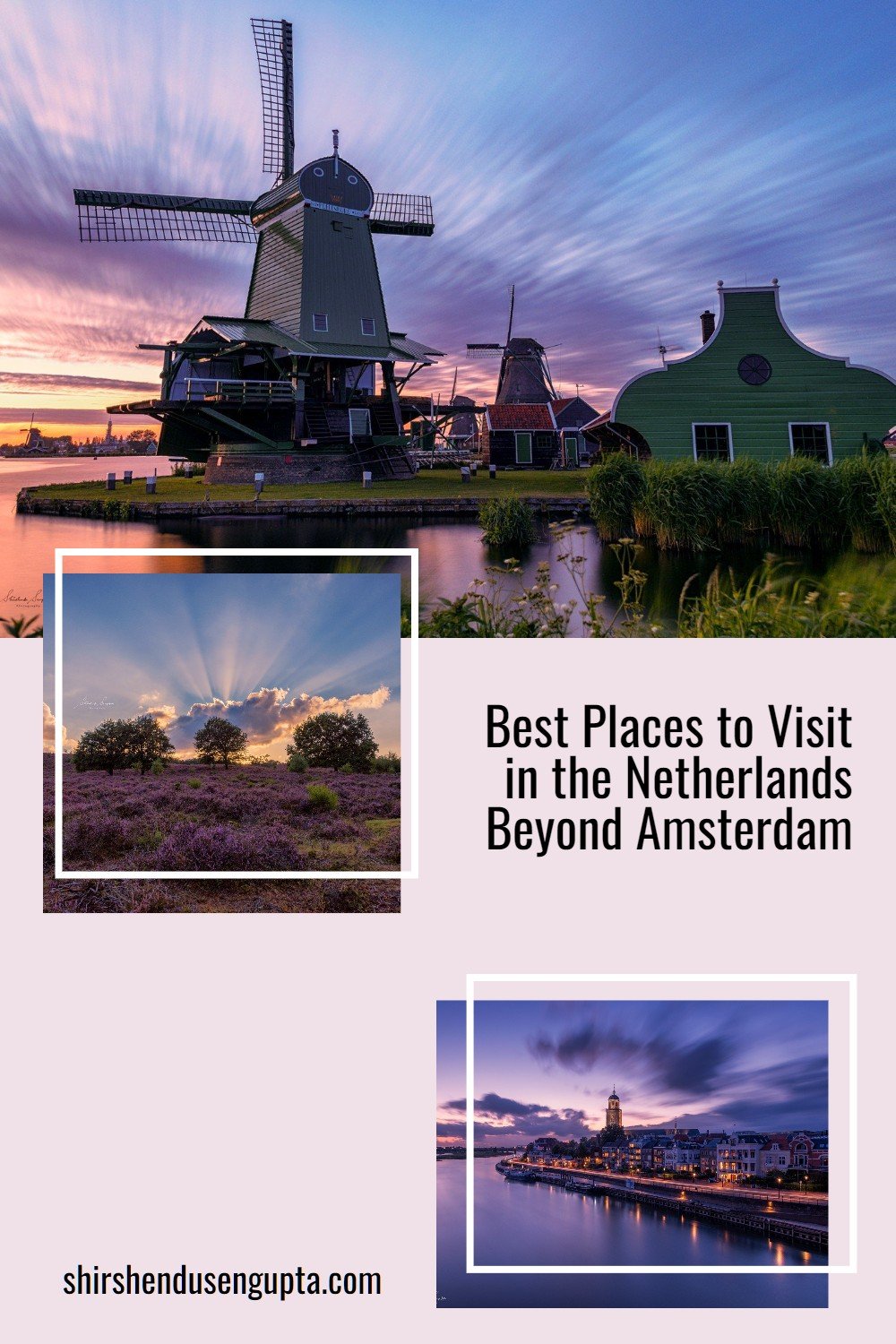
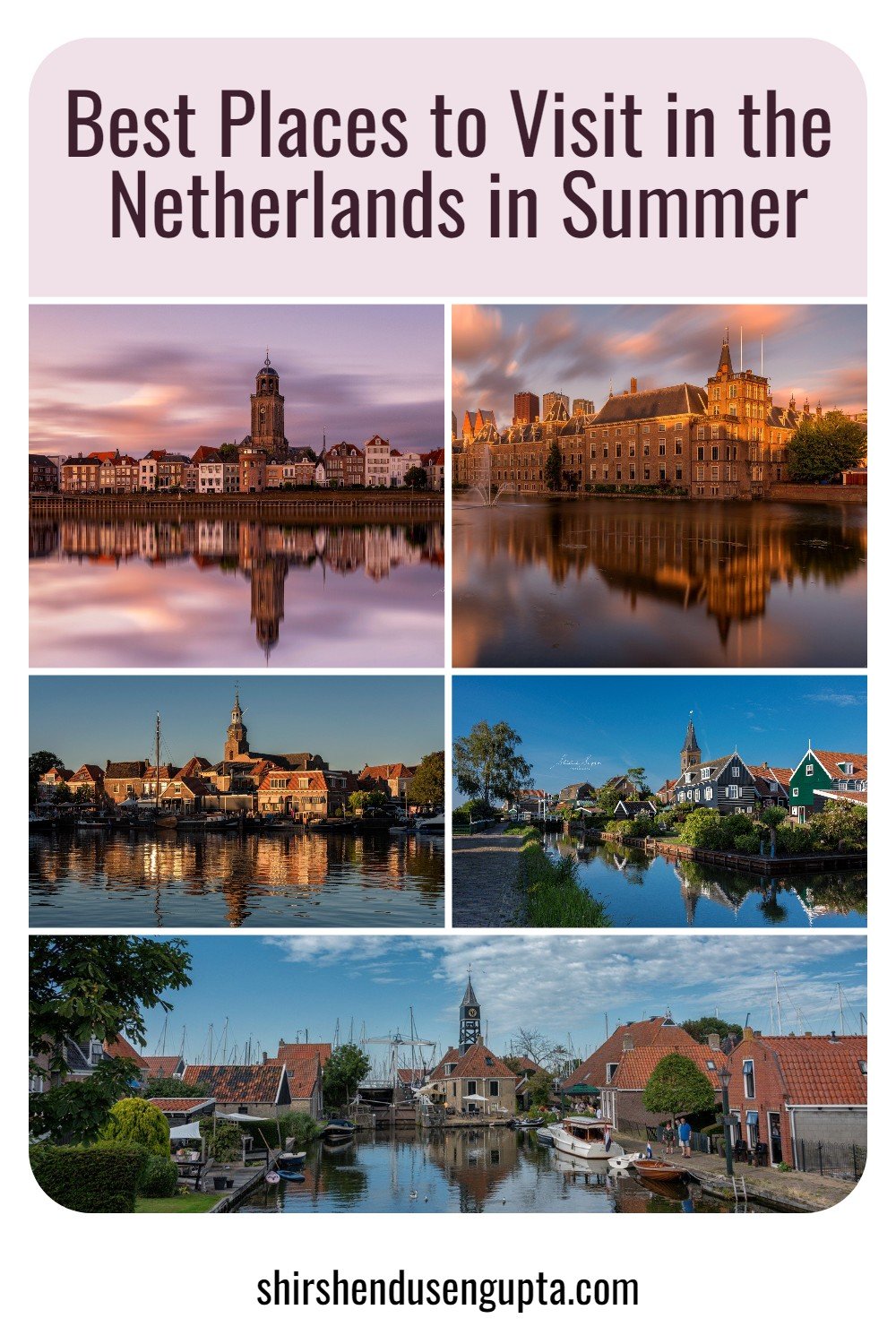
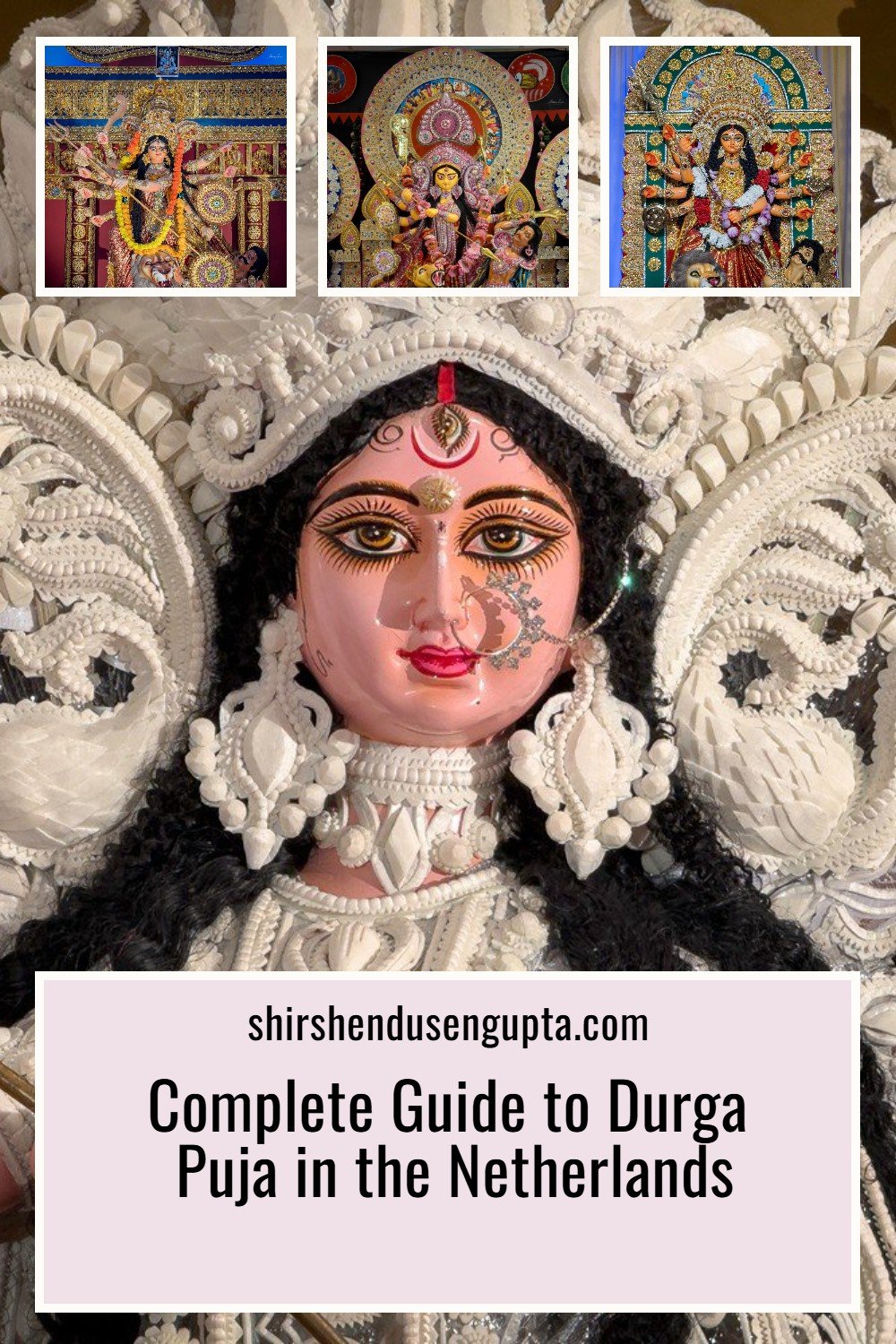
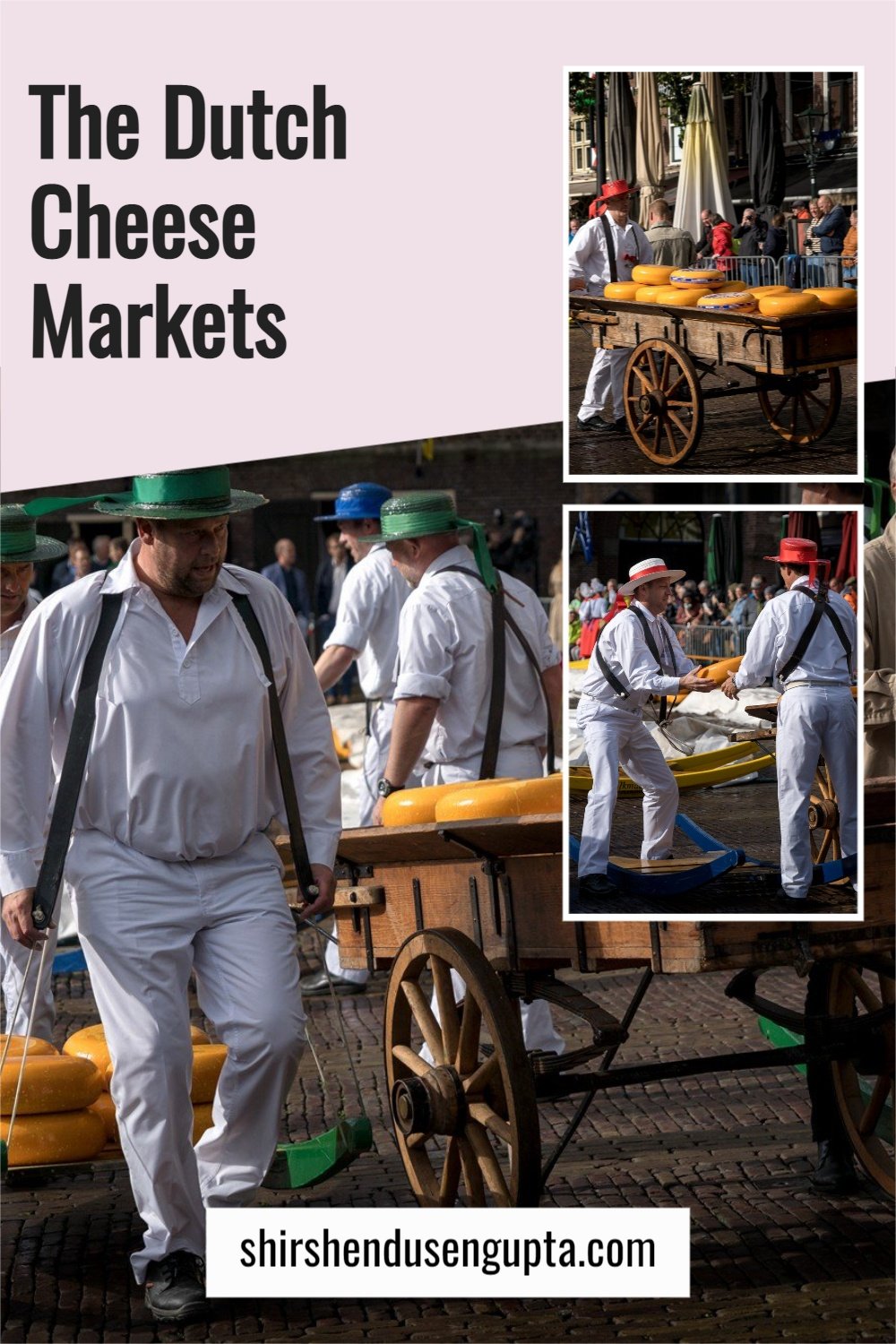
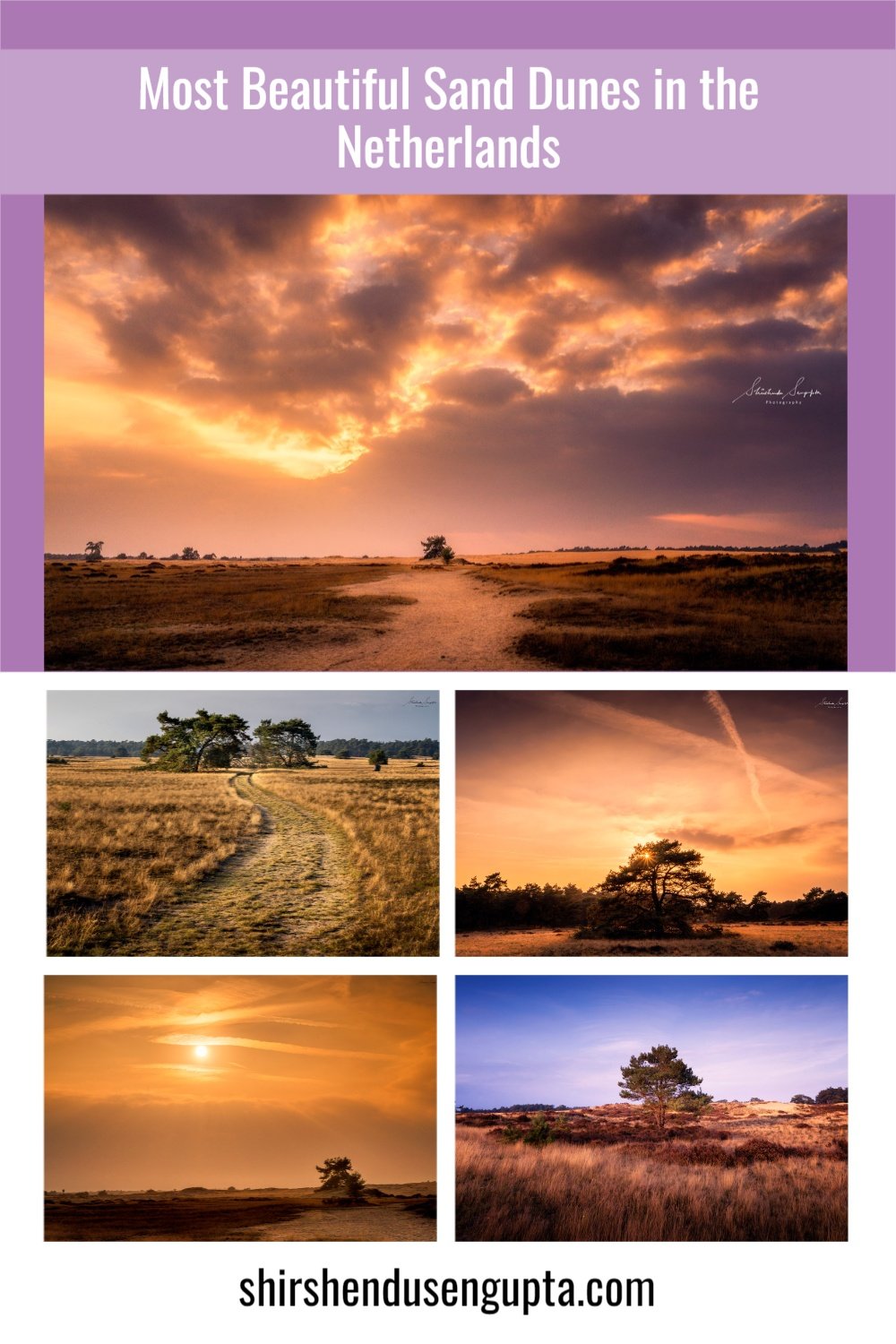
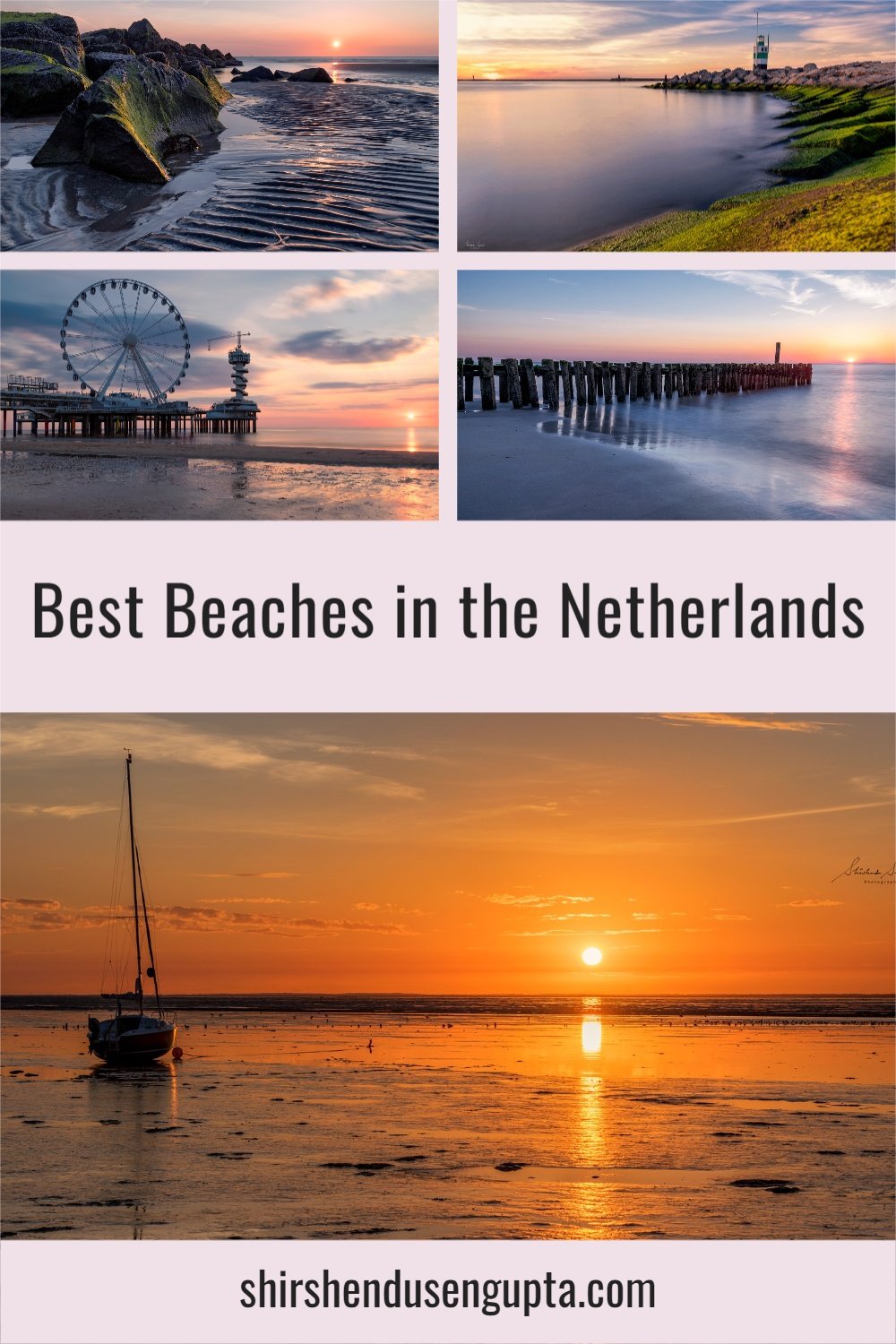

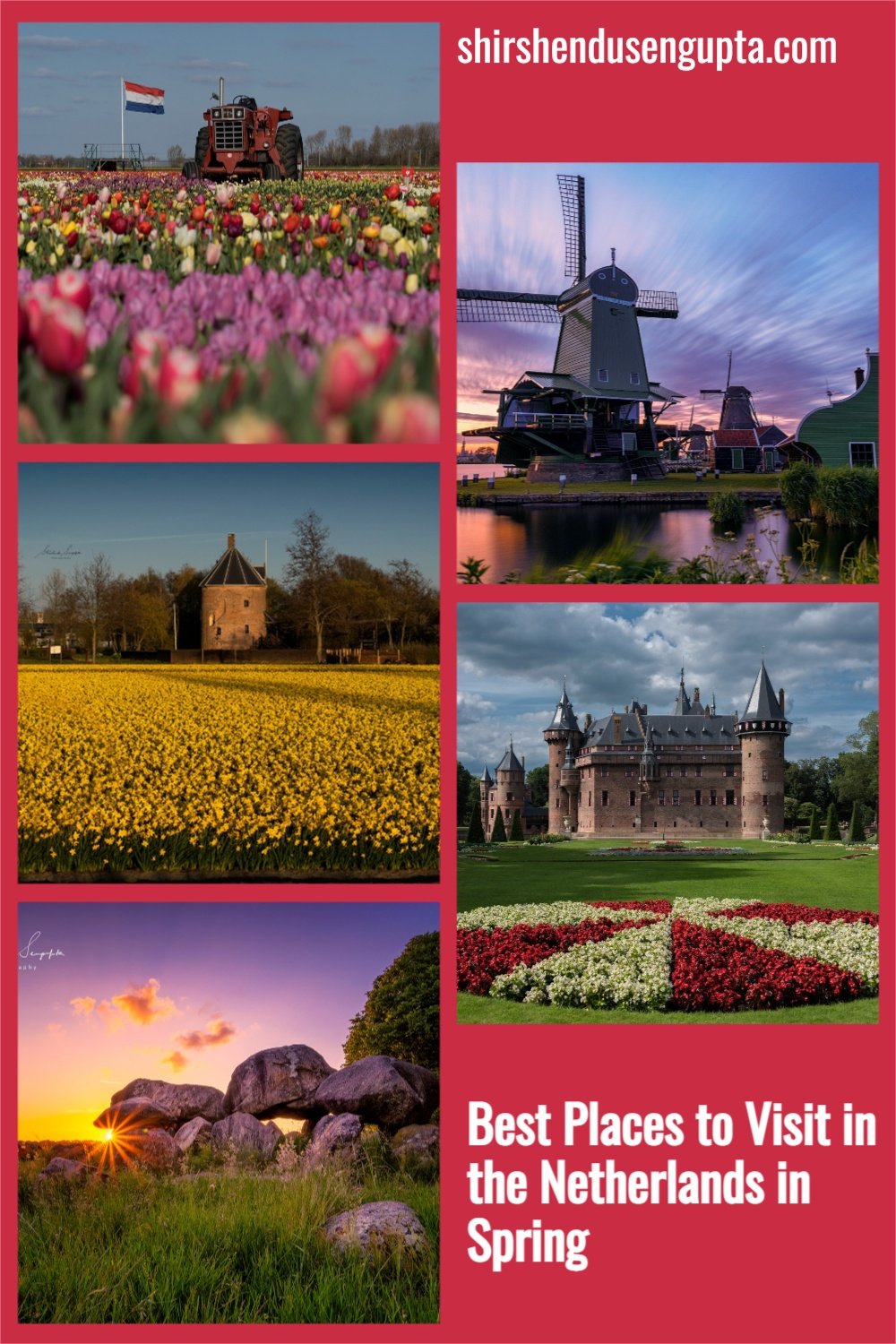
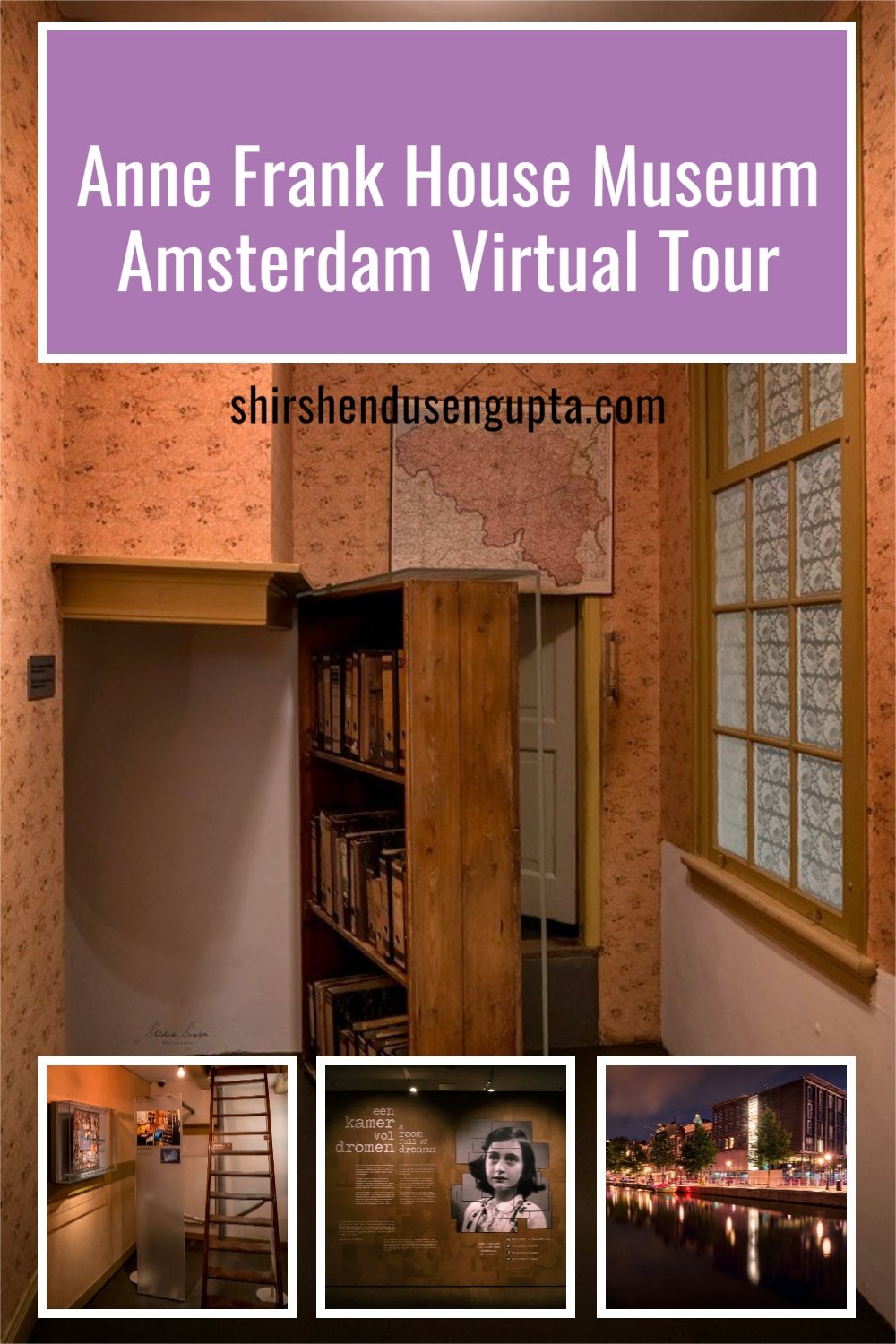
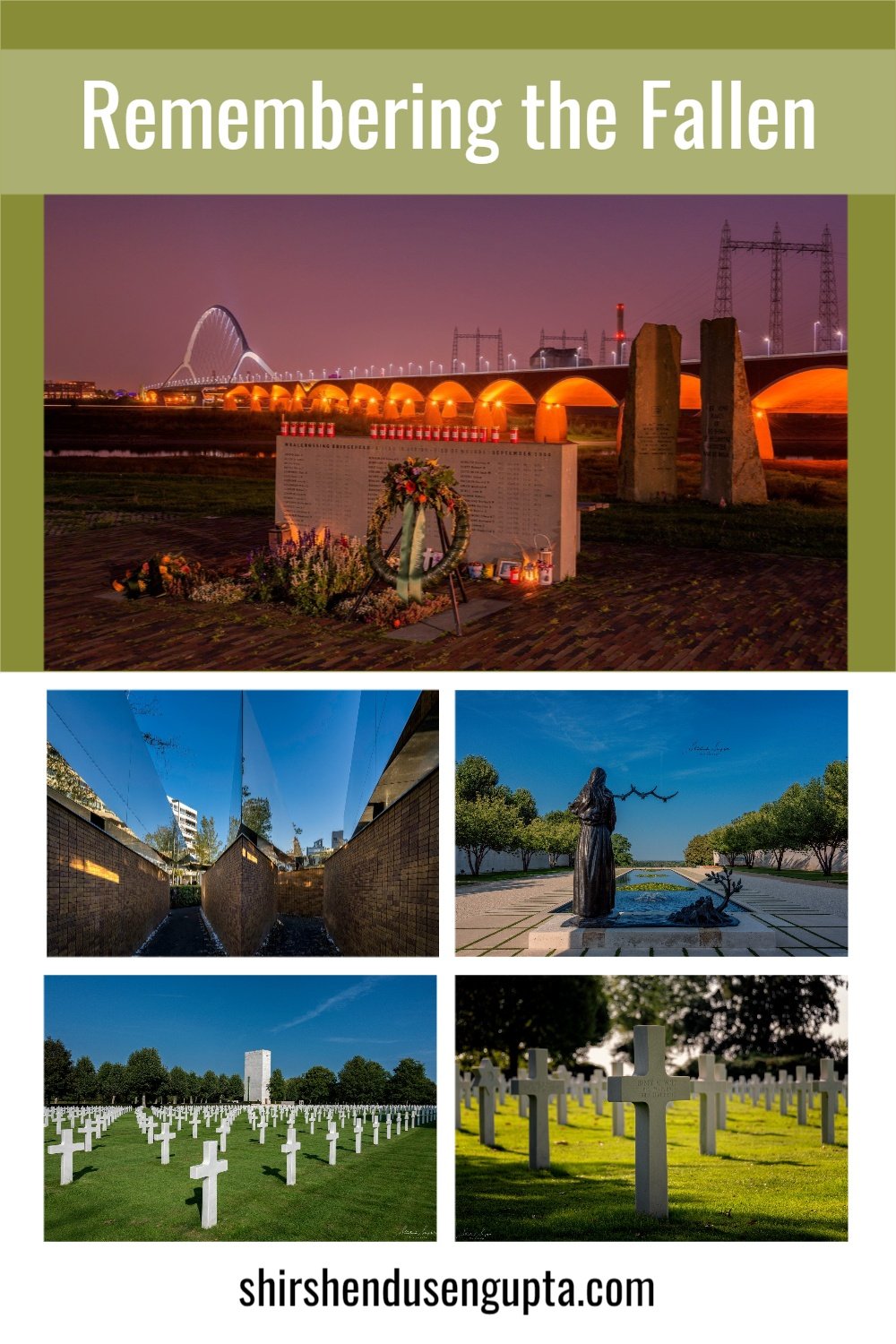
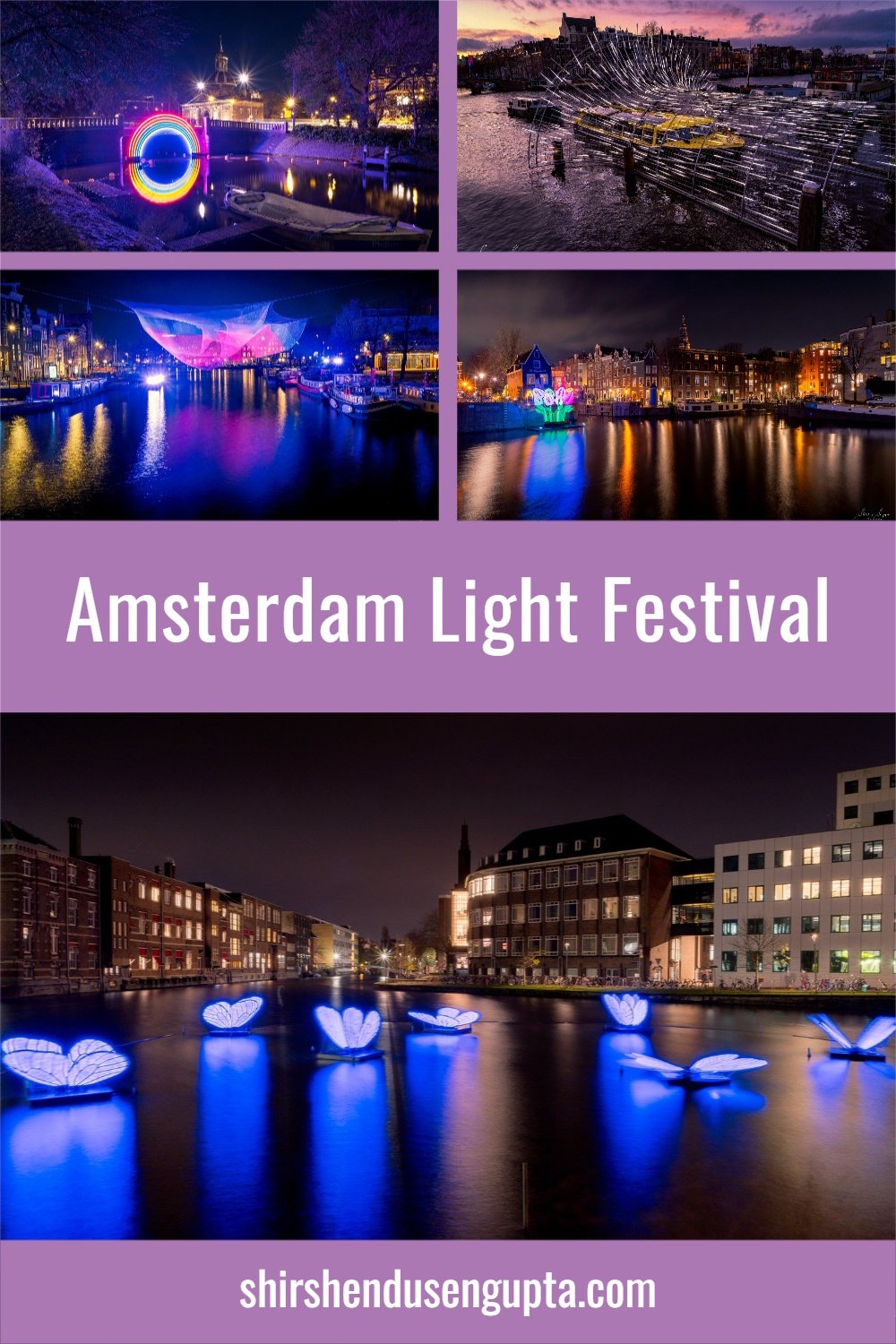
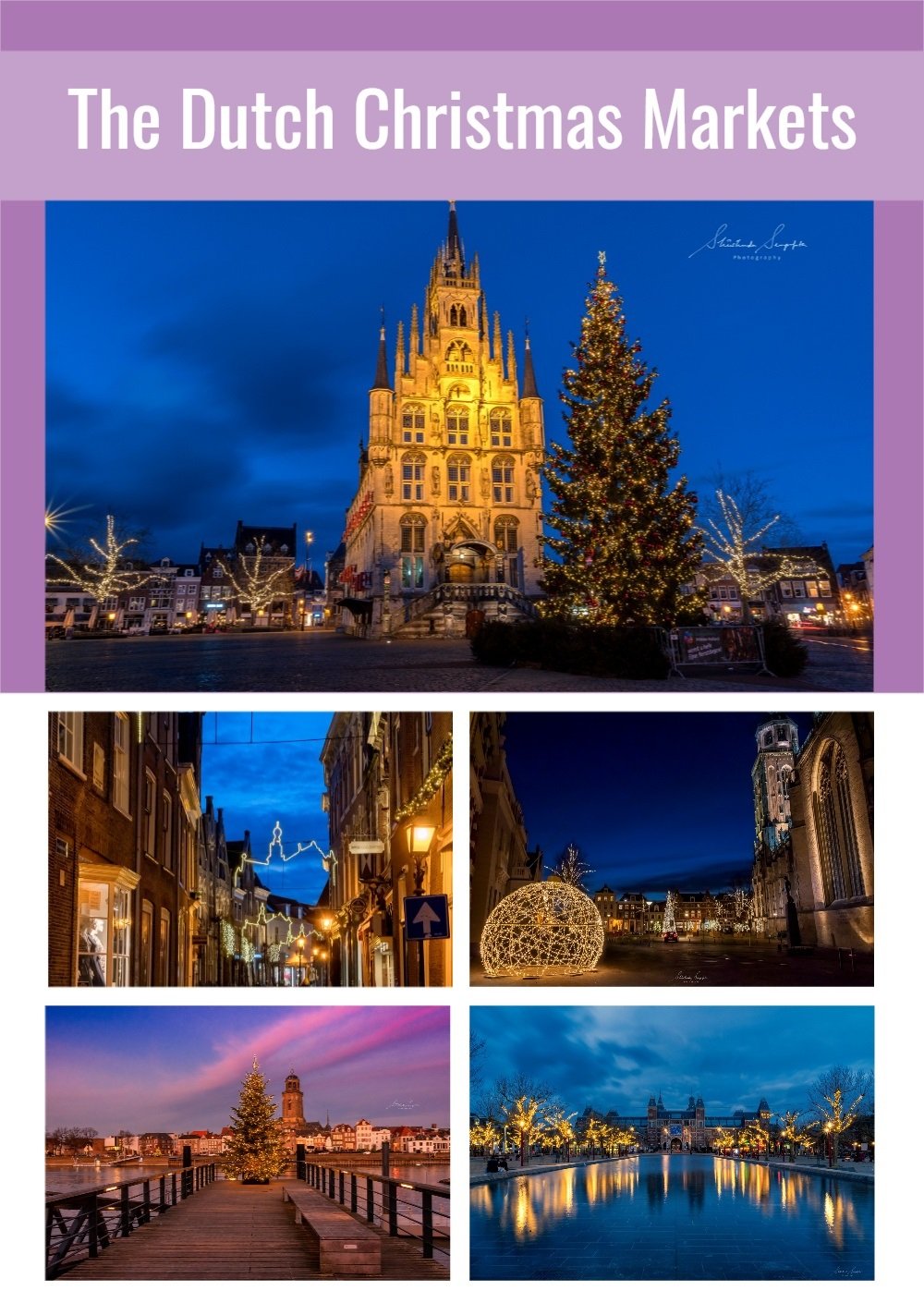
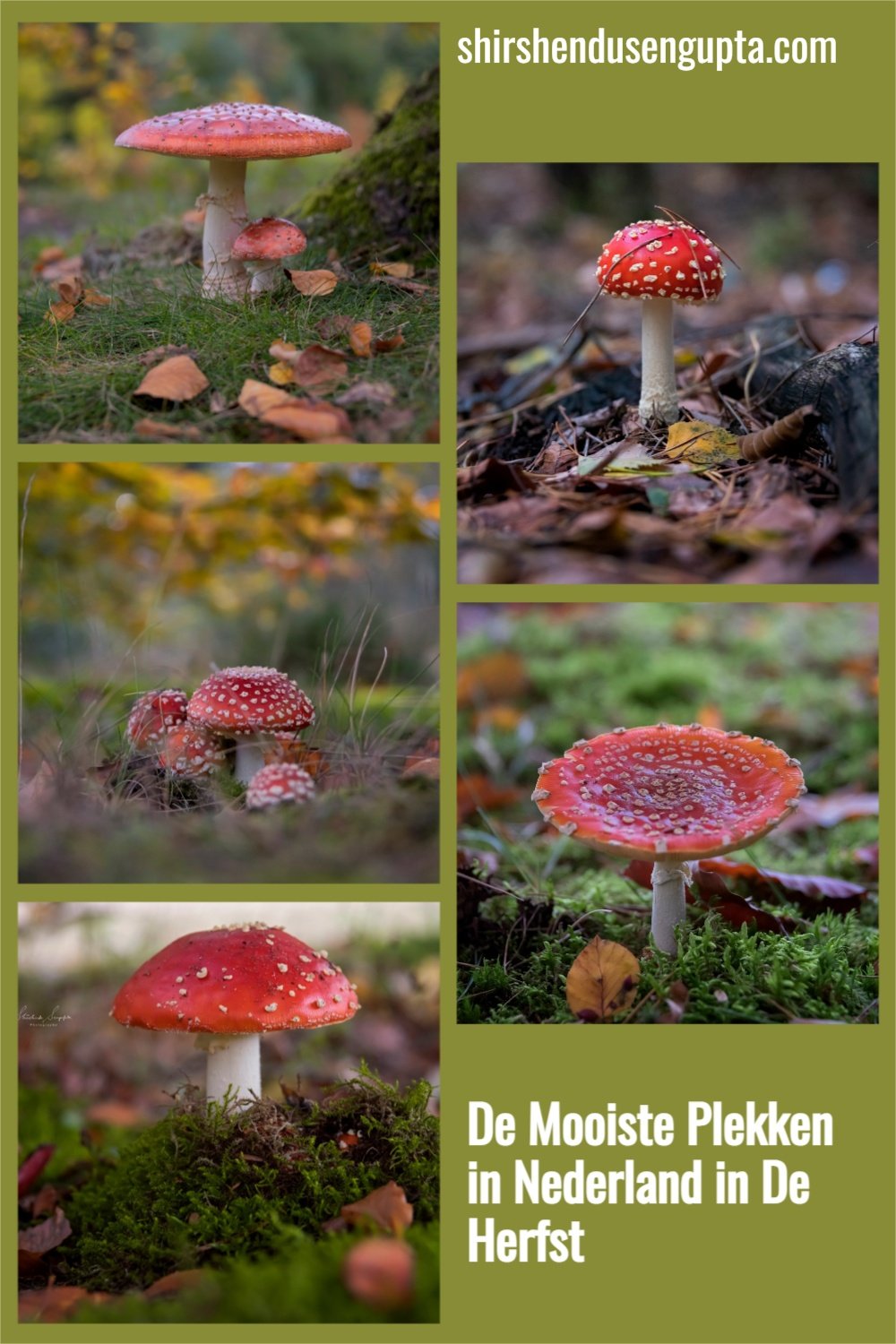


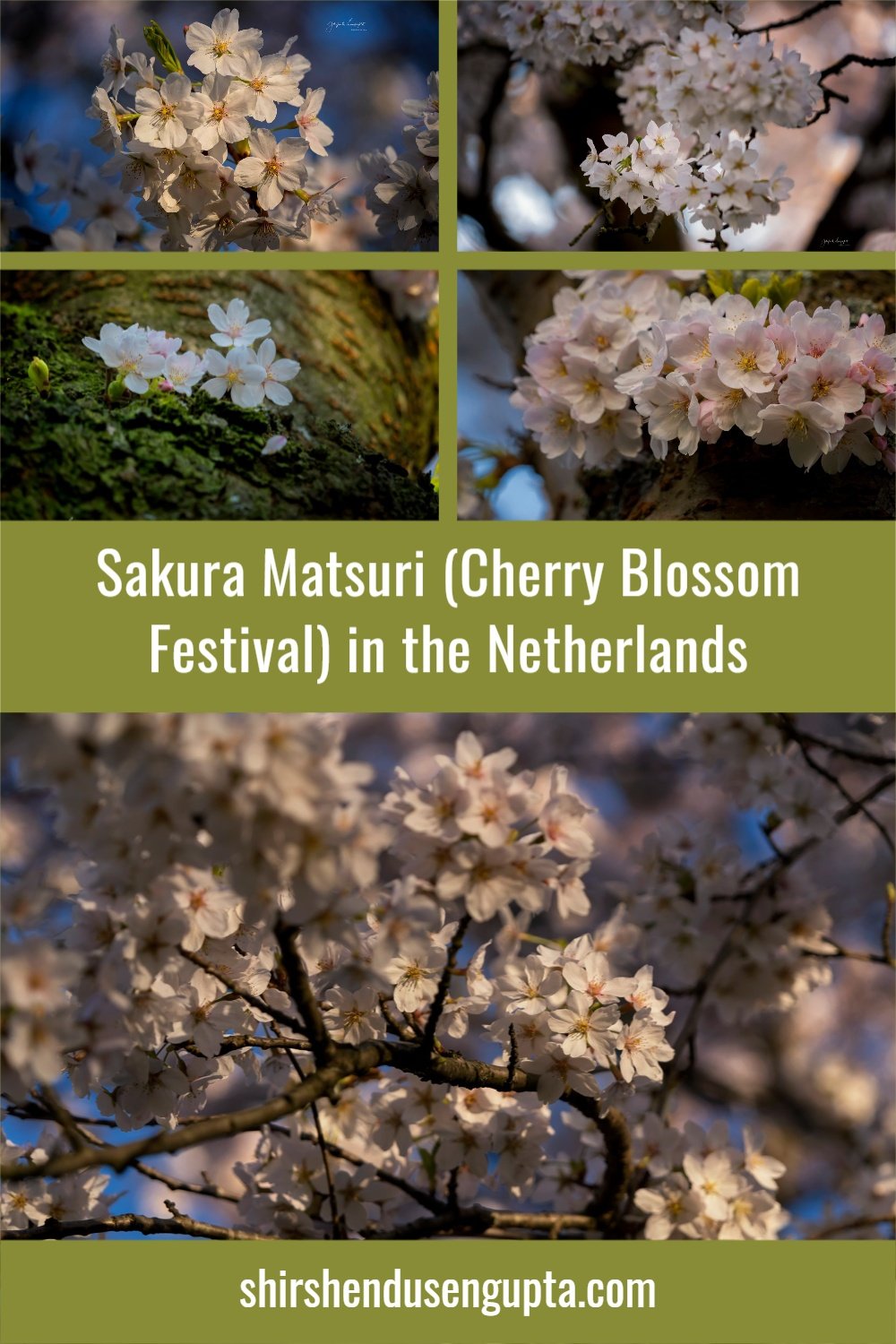
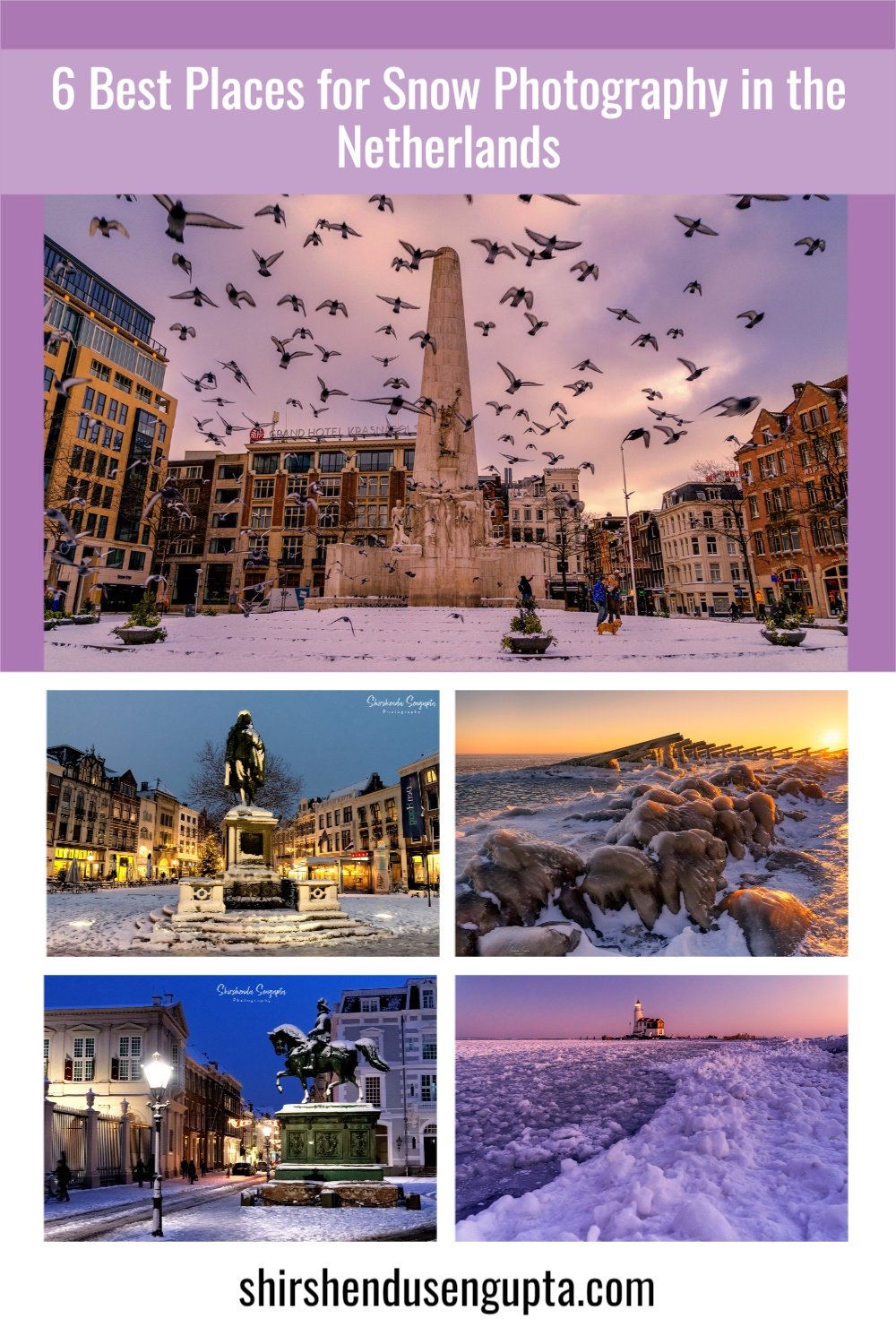

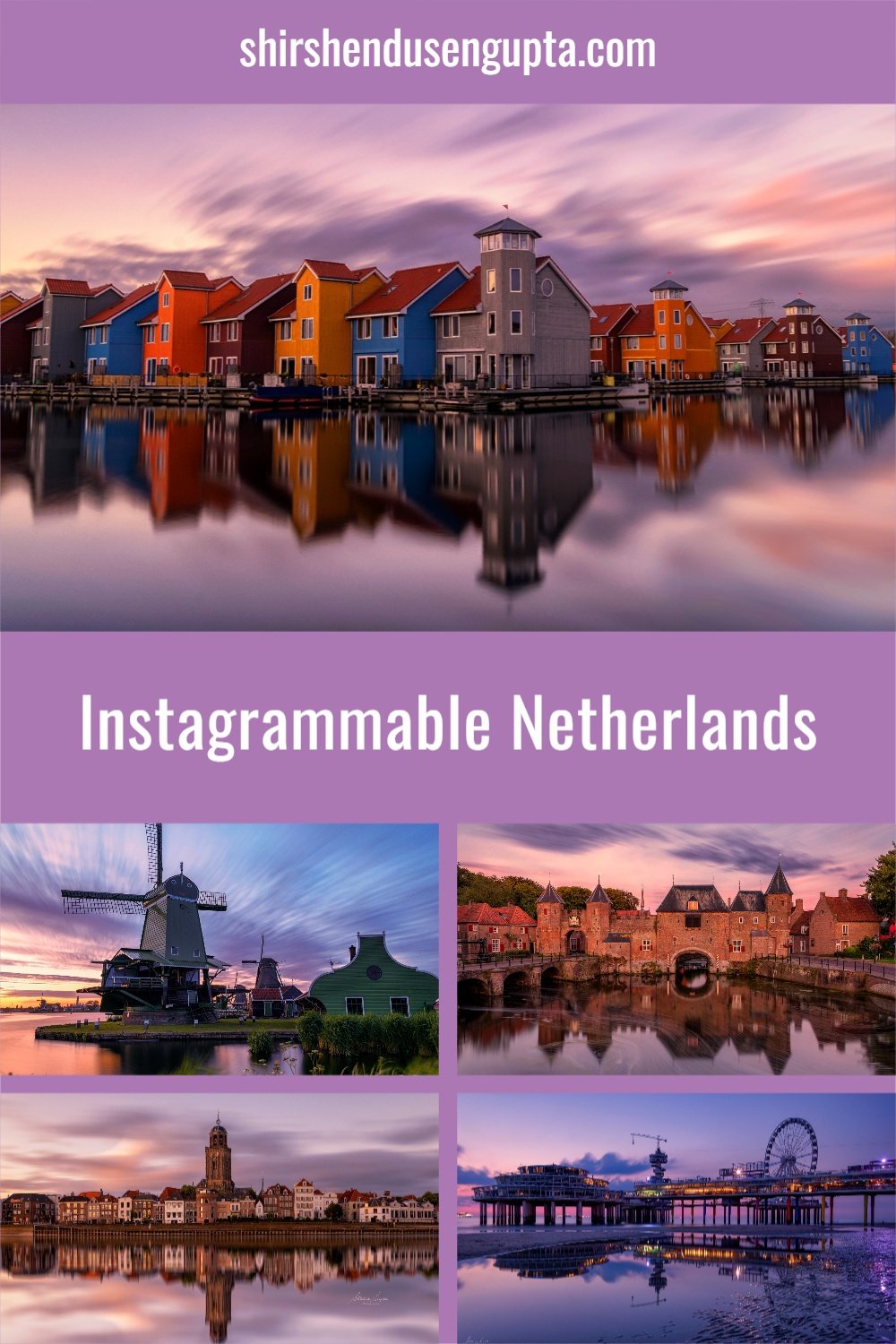
Welcome to the unique ice sculpture exhibition Art Below Zero Amsterdam, where top ice artists (also known as ‘carvers’) from across the globe come together to transform 500 tons of ice and snow into 135 breathtaking artworks that honor Amsterdam's colorful past and rich cultural legacy. Featuring breathtaking ice sculptures, an audio tour, a 4D experience, and entertainment for all ages, it is the largest ice exhibition in Europe that commemorates the city's 750th anniversary!